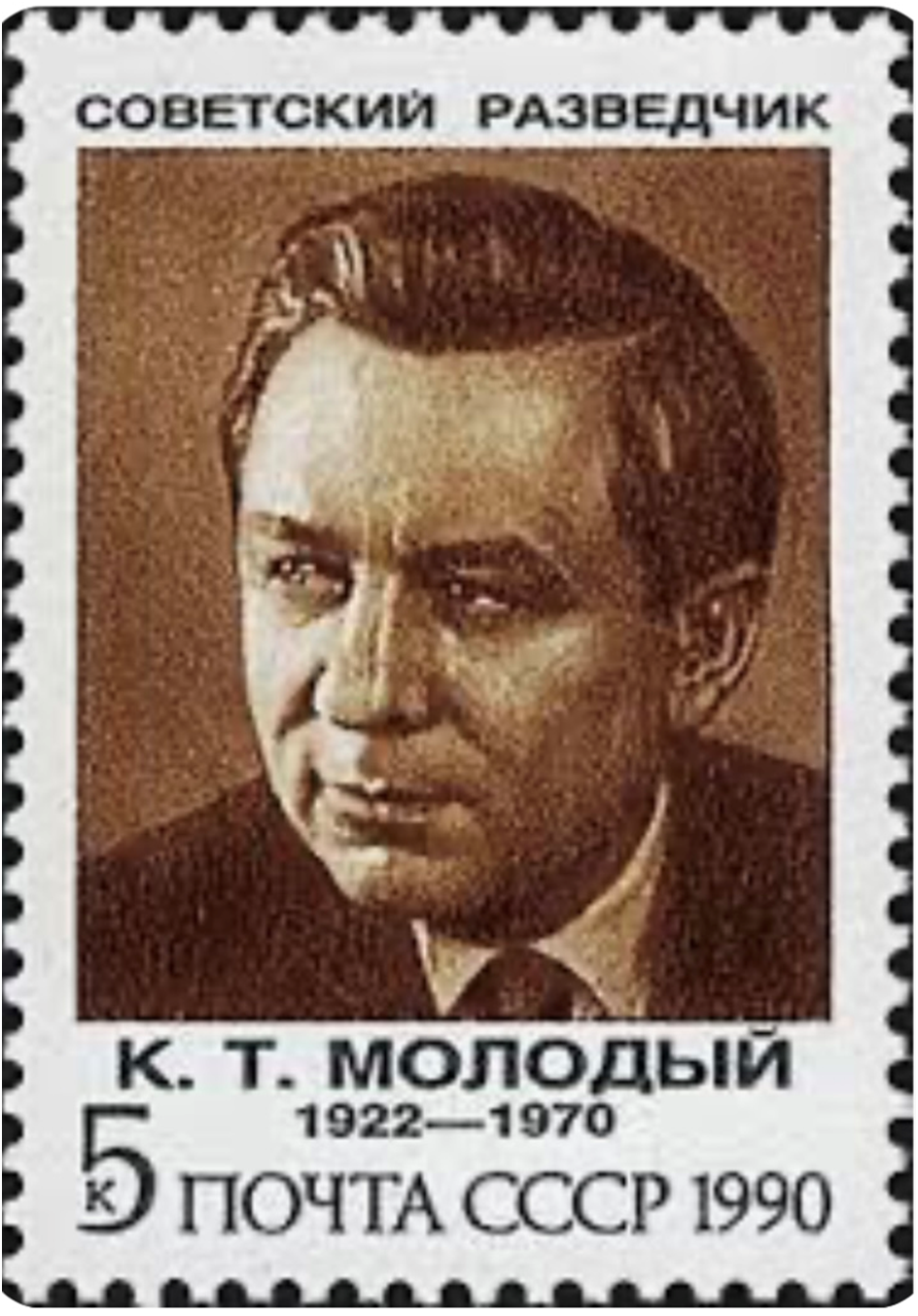Harry Houghton and Gordon Lonsdale were two members of the
Portland Spy. Houghton was a Civil Servant who stole military secrets from the
then Portland Naval Base and Underwater Research Establishment. He passed these
secrets for money onto Gordon Lonsdale who was a Soviet master spy. Both were
arrested in January 1961 and found guilty of espionage and imprisoned. In their
respective countries they have quite contrasting memorials.
Lonsdale’s real name was Konon Molody and he was born in
Moscow in January 1922. He spoke impeccable English with an American accent as
he had spent time living in the USA. Upon his release from prison and return to
the Soviet Union, he was awarded the Order of the Red Banner. This was the
country’s highest award and was designed to recognise extraordinary courage,
dedication and heroism. He had operated in Britain from around 1955 until 1961.
When he died in October 1970, his body was laid in state at the KGB Officers’
Club and there is an elaborate tombstone commemorating him in Moscow. A James
Bond style film was made involving a character loosely based on him and he was
even honoured on a Russian stamp.
Harry Houghton lived in Weymouth and worked in the Naval
Base. Born in Lincoln in 1905, he had joined the Royal Navy upon leaving
school. From 1951, he worked at the British Embassy in Warsaw and started selling
military secrets to the Polish Security Services and also trading on the black
market. Because of his heavy drinking he was sent back to Britain where he was
able to find alternative work as a clerical officer at Portland.
Harry Houghton’s sole memorial is on an external toilet wall
next to Alresford station, Hampshire. It reads:
‘Secret information
hidden in this toilet was collected periodically by Harry Houghton. In 1961 he
was sentenced to 15 years for his part in the Portland Spy Ring.’
He would collect these items and take them up to London and
deposit them in a ‘dead drop’ toilet
cistern for onwards collection. Spying at the time seemed to have a strange
fascination with toilet cisterns for on another occasion a large amount of
money was discovered in a toilet cistern near Weymouth pier!
In best spying traditions, Harry Houghton did have a code name. In fact, he had two. To the British MI5 he was ‘Reverberate’ while to the Russian KGB he was known as ‘Shah’.
(Illustrations: Harry Houghton sign on Alresford toilet wall & Russian Kolon Molody stamp.)



https://cambriancrumbs.blogspot.com/2022/10/tales-of-espionage-in-four-ports.html
ReplyDelete